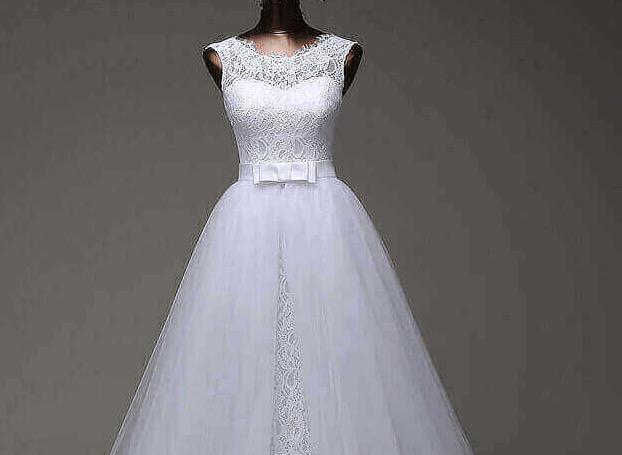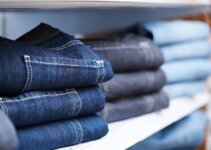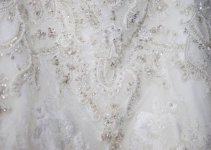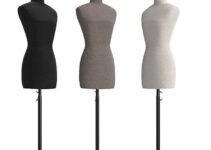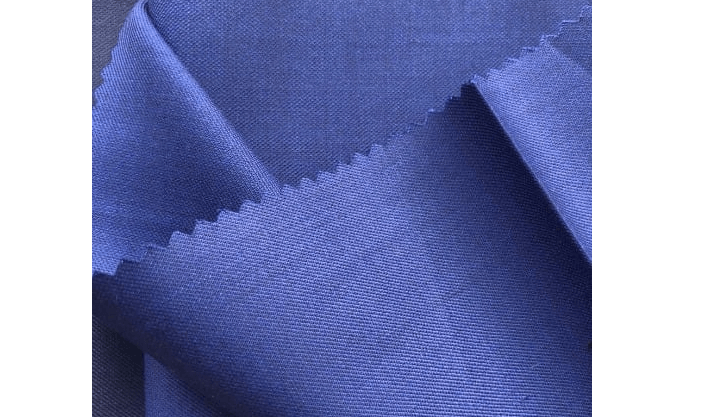Crepe material is a type of luxurious fabric. It used to be made from silk but with technological advancement, crepe can be produced from almost all kinds of fibre. Different types of crepe materials vary from lightweight and thin to heavyweight and thick.
How much does crepe material cost in Nigeria? Considering the wide array of crepe materials on the market, this question is quite difficult to answer. However, we will provide an answer to this question and many other crepe-related questions in this post.
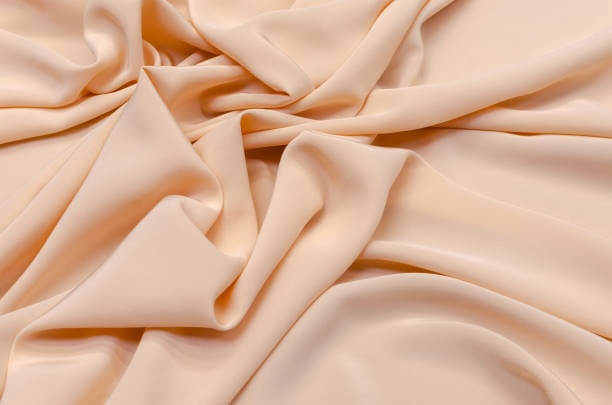
Cost of Crepe Material in Nigeria
Crepe materials are very beautiful and lush to the touch. They are used for several luxurious purposes including designing evening gowns and home decorations. How much do these materials cost in Nigeria? It is impossible to give a specific price for the different crepe materials. We understand this and have surveyed the market on your behalf. Check the list below to find out the different crepe materials on the market and their prices.
- Vintage Crepe Fabric: From N7,500
- Lite crepe fabric: From N9,000
- Cream Crepe For Ladies Different Styles: From N6,000
- Crepe Fabric Bright Yellow With Brown Animal Skin Print: From N4,500
- Non-stretchy Navy Blue Crepe: From N4,000
- Crepe Fabric Orange Shade Animal Print: From N4,500
- Luxury Crepe Material Pack In 4 Yards: From N4,200
- Multicolor Flower Thick Stretchy Crepe Fabric: From N3,000
- Thick Bottle Green Stretchy Crepe: From N5,000
- 4 yards Multi Colored Crepe Fabric: From N4,800
- Thick Black And White Patterned Stretchy Crepe: From N3,000
- Crepe Fabric Green And Brown With Zebra Stripes: From N4,500
- Crepe Fabric Black With Red Roses: From N4,500
- Crepe Fabric With Red, Cream And Grey Chain Print: From N4,500
- Blue-Black Thick Stretchy Crepe Fabric per Yard: From N1,500
PRICES LAST UPDATED: FEBRUARY 19, 2024.
Note that these prices may change depending on several factors. Some of these factors include government policies, company policies, import duties, location, and vendors. Once we notice a price change, we will update this post. Without further ado, let’s go ahead to discuss a little about crepe materials.
Explaining Crepe
Before we go ahead, let’s briefly explain what crepe means. Crepe material is simply a luxurious material made from silk, wool or any synthetic fabric that has a unique bumpy and wrinkled appearance.
The name originates from a French word that translates to “thin small pancake.” Crepe comes in different thicknesses and sizes. As we mentioned above, it could be thick, thin, lightweight, or heavyweight. Crepe can be used for all kinds of purposes including suits, pants, dresses, blouses, etc. It is also used for home décor items such as pillows, curtains, and other kinds of window treatments.
Crepe is produced from almost any kind of fabric these days. From natural fibres such as silk, wool, and cotton to synthetic fibres like rayon and polyester. Regardless of the component fibre, crepe is recognized for its wrinkled appearance. This unique appearance is the result of several manufacturing processes put together.
Crepe materials can either be knit or woven. The materials used along with the processes define the type of crepe you will get after manufacture.
Types of Crepe Materials
There are different types of crepe materials depending on the manufacturing process and the tools used. We will discuss the most common types of crepe materials briefly in this section.
Crepe de Chine
This is one of the lightest forms of crepe materials that exist. It is mostly made from silk fibre, one of the chief contributors to its lightweight nature. Crepe de Chine doesn’t come with the puckered surface that characterizes all other crepe materials. Instead of this, the silk fabric comes with a smooth matte finish accompanied by slight pebbling.
To achieve this look, the manufacturer twists yarns tightly into weft yarns using a plain-weave pattern. The more affordable version of Crepe de Chine is produced from polyester. While it is similar to silk, it is cheaper.
Crepe georgette
As expected with crepe materials, the crepe georgette material is pretty soft. It also has a smooth surface. This product is manufactured from either natural silk fibre or synthetic fibre that resembles silk. A common example of this is rayon.
Crepe georgette produced from silk fibre is slightly elastic. However, it comes with a nice drape. No wonder it is very popular for female dresses.
Wool crepe
If you know anything about wool, then you will expect that the wool crepe will have a rougher surface than silk. In some cases, the wool crepe is produced from cotton as well as synthetic fabrics. This product comes with a wiry surface and its weight falls between lightweight and medium-weight. It can be used for sewing dresses, pants, and suits.
Polyester crepe
Polyester crepe refers to any crepe fabric that is manufactured from the use of synthetic fibre. Just like the silk Crepe de Chine, the polyester crepe is also very lightweight. It comes with a thin fabric and also presents you with a nice drape. This type of crepe can be used for an array of purposes including making blouses, trousers, and skirts. You might need to add elastane for the crepe to stretch.
Crepe-back satin
Crepe-back satin is a two-in-one fabric material. One side is covered in satin-like material making it soft and smooth. The other side presents you with the rough and crinkled appearance and feel of crepe.
Canton crepe
This type of crepe was made from silk originally. The silk was obtained from the Canton province in China, which explains the name of the material. This type of crepe and Crepe de Chine share a very similar appearance and feel. The only difference is that the canton crepe feels heavier because of the heavier fill yarns within the weave.
Plisse crepe
This type of crepe results from the chemical treatment of fabric. It results in the crinkled and puckered appearance of the plisse crepe to create a folded pleat. One piece of fabric is pressed using hot rollers to produce the pattern. Another method is to cover the fabric in a wax pattern and then dip it into an alkaline solution. The parts of the fabric not covered in wax shrink and when you remove the wax, the fibre wrinkles.
